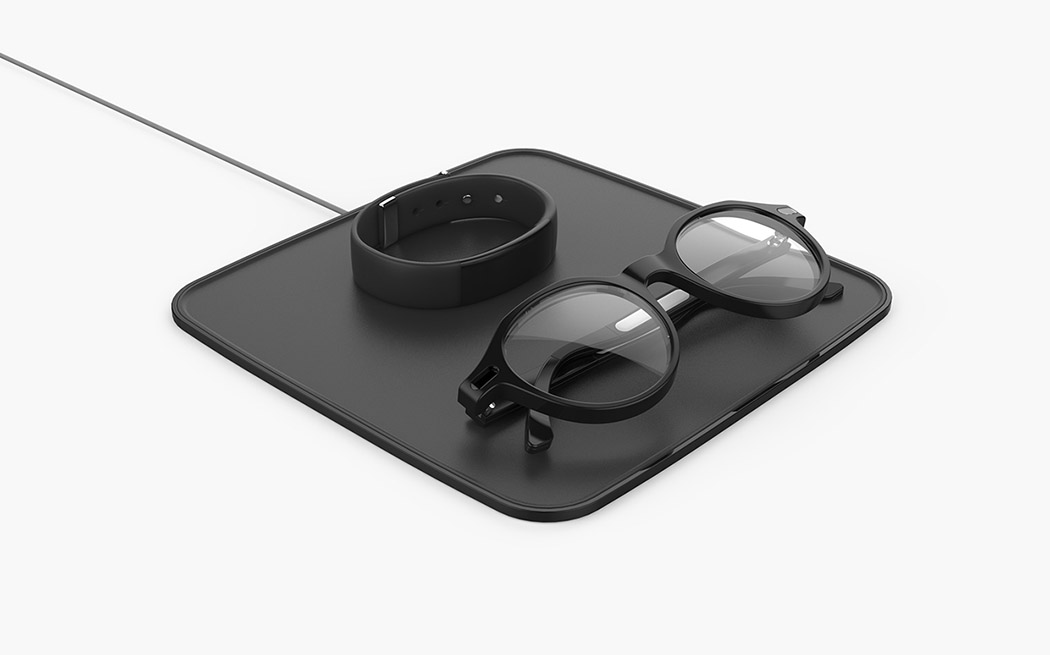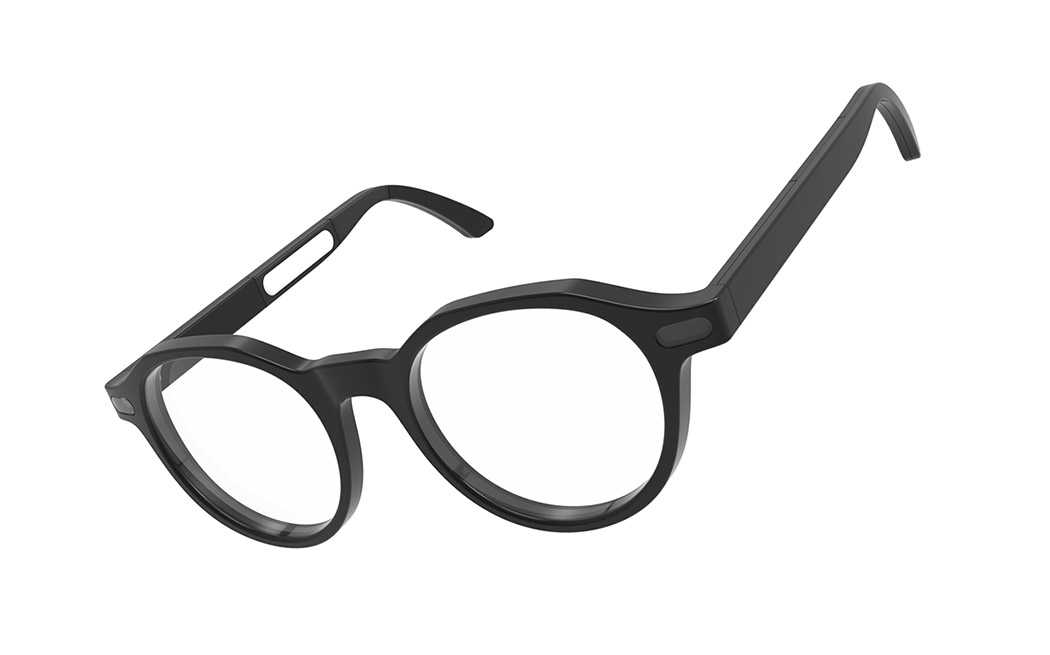
Alzheimer’s disease is one of the most difficult for patients and their loved ones not only because of the mental deterioration but also the lack of independence and stigma associated with dementia. This system of devices, called Emma, work together to bring the user independence and positive behavioral reinforcement to ease their suffering during the moderate stages of the disease.
Emma uses EEG brain sensors to read brainwaves and sense confusion. This allows Emma to help when help is needed and passively monitor the patient’s activities when help is not needed. Emma learns and grows with the patient to provide the best care throughout the progression of the disease. Transparent AR display shows information in context to the user’s surroundings using graphic overlays. Emma speaks to the Alzheimer’s patient through bone conduction speakers. This allows the user to listen to Emma while still being able to hear their surroundings. The two front-facing cameras let Emma understand the user’s situation by using image recognition technology.
Emma speaks to the Alzheimer’s patient through the speakers in the bracelet when the patient is not wearing the glasses. The bracelet has RFID sensors that can scan medications and other things around the house. The design also includes a feature that allows family members to send gentle squeezes to the Alzheimer’s patient. The elastomeric polymer inside the strap contracts to simulate a gentle squeeze from their loved ones. The gentle squeeze provides positive reinforcement by reminding the patient that their family members are thinking about him/her when they are separated.
When the day comes that patients are fully reliant on caregivers, EMMA and the data that has been collected are then handed over to their caregiver. It informs the caregiver of the patient’s habits and routines to provide the best care for the individual.
Designer: Joshua Woo
